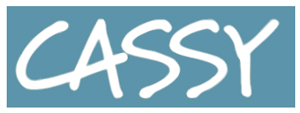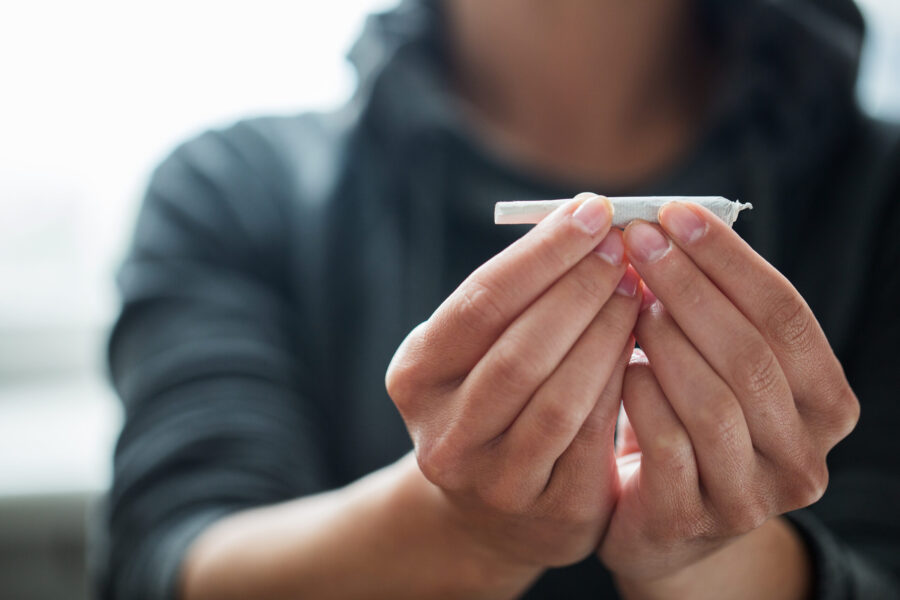CDC Report: Half of Kids Use Drugs Alone, Often to Cope with Stress & Anxiety
The CDC has just released a new report which shines light on youth drug use in America.
Why are kids with suspected substance use issues turning to drugs?
Nearly half say they turn to drugs in order to “stop worrying about a problem or forget bad memories,” according to research published yesterday by the Centers for Disease Control and Prevention, NBC News reports.
Even before the pandemic, youth were experiencing rising levels of anxiety and depression. Since those conditions are often linked to substance abuse in young people, “it might make sense that teens are looking for ways to reduce stress and anxiety,” said Sarah Connolly, the lead author of the report.
Connolly serves as an epidemic intelligence service officer within the CDC’s Division of Overdose Prevention. Her groundbreaking study explores the question of why kids use drugs, using data from the National Addictions Vigilance Intervention and Prevention Program in which nearly 16,000 teens (ages 13 to 18) answered questions as to their motivations for using drugs and alcohol from 2014 to 2020.
None of the youth in the study were first-time users. All had been identified as potentially having substance use disorder and needing treatment.
Why did teens say they were using drugs or alcohol?
- 73% said they used drugs “to feel mellow, calm or relaxed.”
- 44% said they used substances like marijuana as a sleep aide.
- 44% turned to drugs to “stop worrying about a problem or forget bad memories.”
- 40% said they used to cope with depression or anxiety.
How are substance use and mental health conditions linked?
The connection between youth drug use and mental health struggles is strong. Three out of four of young people (75%) with a substance use disorder also have an underlying mental health condition, according to Dr. Leslie Walker-Harding, chief academic officer and senior vice president at Seattle Children’s Hospital.
“We know that the two go together,” she explained. “If you have a kid who you think might not be using very much, but say they’re using to feel less depressed or to stop worrying, that’s a really big warning sign” that it’s time to get help for your child.
“Early prevention interventions are crucial to support teens who may turn to drug use to cope with stress, anxiety or depression,” said Dr. Nora Volkow, director of the National Institute on Drug Abuse, who was not involved in the study.
What drugs are kids using to cope with stress, anxiety, or depression?
- 84% used some form of marijuana.
- 49% drank alcohol.
- 19% misused sedatives or prescription drugs.
Concerns about kids self-medicating to treat undiagnosed mental health conditions are well founded – especially since marijuana is much more potent than it used to be, youth are particularly at risk of addiction, and cannabis use disorder is rising among teens. According to the U.S. Surgeon General, since it affects kids’ developing brains differently, “no amount of marijuana use … during adolescence is known to be safe.”
And, of course, opioids can be fatal. Many pills not obtained through a legal prescription are tainted by fentanyl, a synthetic opioid 100x stronger than morphine. One pill can literally kill. Unless you get it straight from the pharmacy, it could contain a lethal dose of fentanyl.
“We worry about kids using cannabis, alcohol and nicotine because we know long term, it’s going to take a toll on their mental health and their physical health,” said Dr. Sharon Levy, chief of the Division of Addiction Medicine at Boston Children’s Hospital, who was not involved in the CDC report. Cannabis use disorder and alcohol use disorder disrupt your daily functioning at school and work. But “what’s really scary is the opioids,” she added, “because the consequences of opioid use are immediate and can be fatal.”
The most frightening statistic?
Half of the teens surveyed said they did drugs alone, which puts them at particular risk of deadly overdoses, “especially given the proliferation of counterfeit pills resembling prescription drugs and containing illegal drugs,” the study authors wrote in their report.
“Parents need to know this,” Walker-Harding said. “A lot of kids, when they die and overdose in their home, they’re in their room and nobody saw it happening.”
What can parents do?
Addiction experts, including those at the CDC, urge parents and guardians to talk to their kids about the risks of using drugs, especially alone.
They can stock and provide naloxone, an opioid overdose drug also known by its brand name Narcan, now available over the counter. You can even purchase it on Amazon.
They can overcome their own qualms about talking to their kids about drug use. “Sometimes people perceive that this is a hard conversation. It’s only hard because of our own internal difficulty with it,” said Walker-Harding. “Kids will talk if they think somebody’s willing to listen.”
Read the full article here.
Or read the CDC Report in its entirety.
If you or someone you know is struggling with substance use, visit FindTreatment.gov, “the confidential and anonymous resource for persons seeking treatment for mental and substance use disorders in the United States and its territories.”
Millions of people struggle with mental health, drugs or alcohol. SAMHSA, the Substance Abuse and Mental Health Services Administration, offers a wide range of resources for finding health care or support, helping someone you love, learning about treatment options, and discovering ways to pay for it.
Edwards, Erika. “CDC report finds kids use drugs – often alone – to ease stress and anxiety.” NBCNews.com, 2 Feb 2024, https://www.nbcnews.com/health/health-news/cdc-report-teens-marijuana-alcohol-anxiety-stress-alone-rcna137737.



